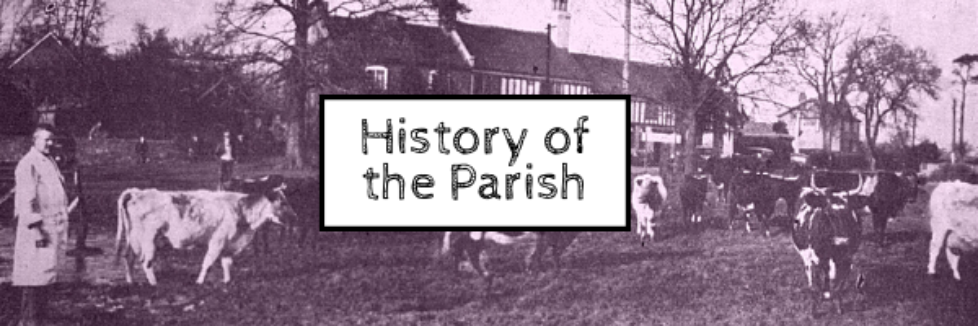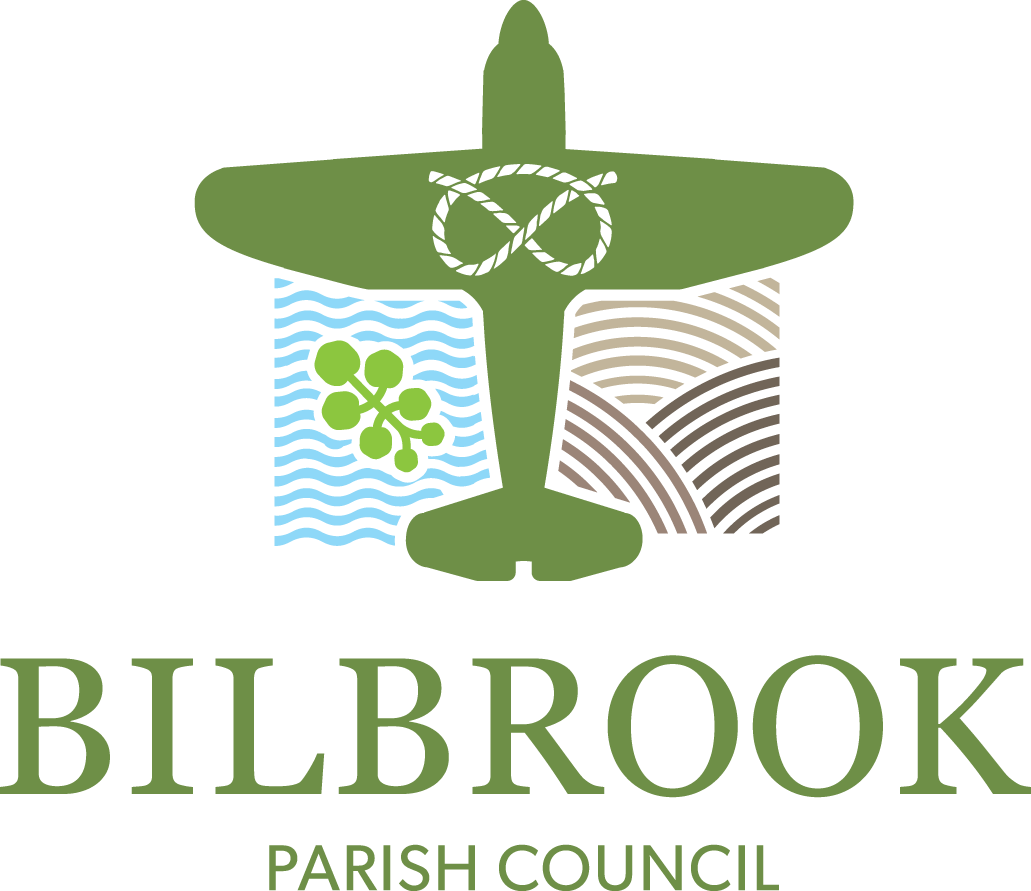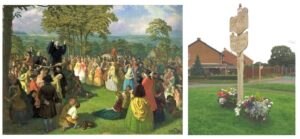
 The name “Bilbrook” may have come through the word billers (a plant which grows near to a stream), and the stream called Moat Brook. This brook, which flows into the river Penk at Pendeford, forms much of the northern boundary. For centuries watercress grew in the brook. It’s thought that this is the plant that gave Bilbrook its name.
The name “Bilbrook” may have come through the word billers (a plant which grows near to a stream), and the stream called Moat Brook. This brook, which flows into the river Penk at Pendeford, forms much of the northern boundary. For centuries watercress grew in the brook. It’s thought that this is the plant that gave Bilbrook its name.


